In a world saturated with mainstream images of masculinity, straight romance, and cookie-cutter beauty standards, gay art stands defiantly queer. It is a lifeline, a protest, a celebration, and a seduction. From underground zines to gallery walls, from locker room fantasies to leather bar murals, gay art has always mattered — and it still does.
Long before LGBTQ+ rights entered the public conversation, gay men used art to speak the unspeakable. In times when it was illegal to be out, to be erotic, to simply exist, art became both a weapon and a shield. It allowed queer people to tell their stories, fantasize, love, and lust in coded ways.
Names like Tom of Finland, Paul Cadmus, J.C. Leyendecker, George Quaintance, and Jim French weren’t just artists; they were historians of desire. Their work captured a hidden world that pulsed beneath polite society. In an era without visibility, vintage gay art served as a mirror for the closeted and a middle finger to repression.
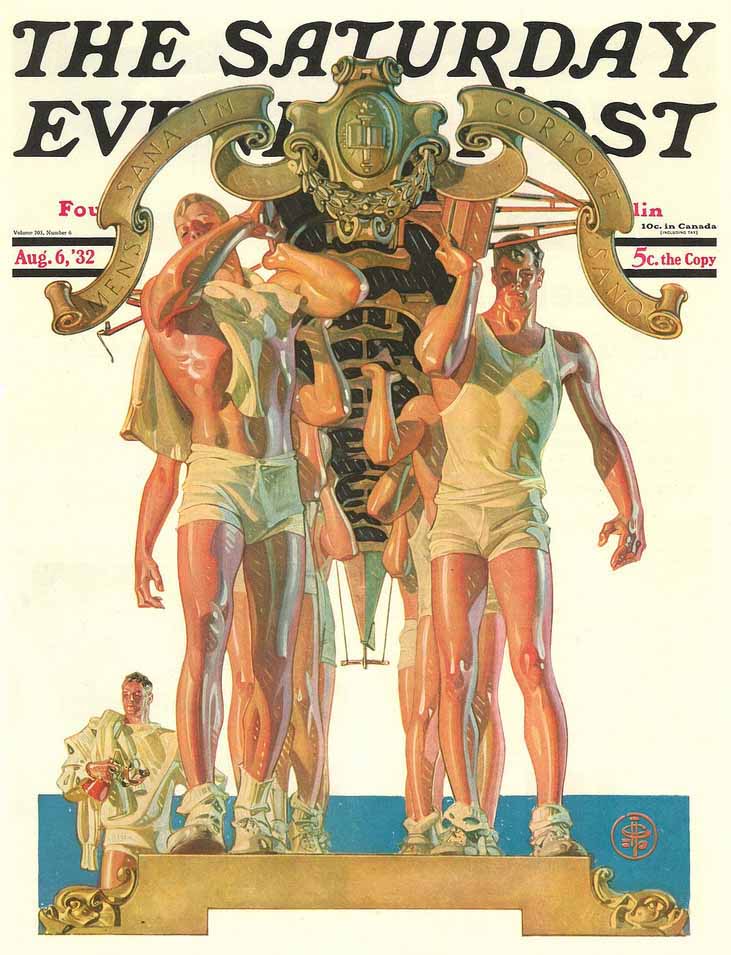
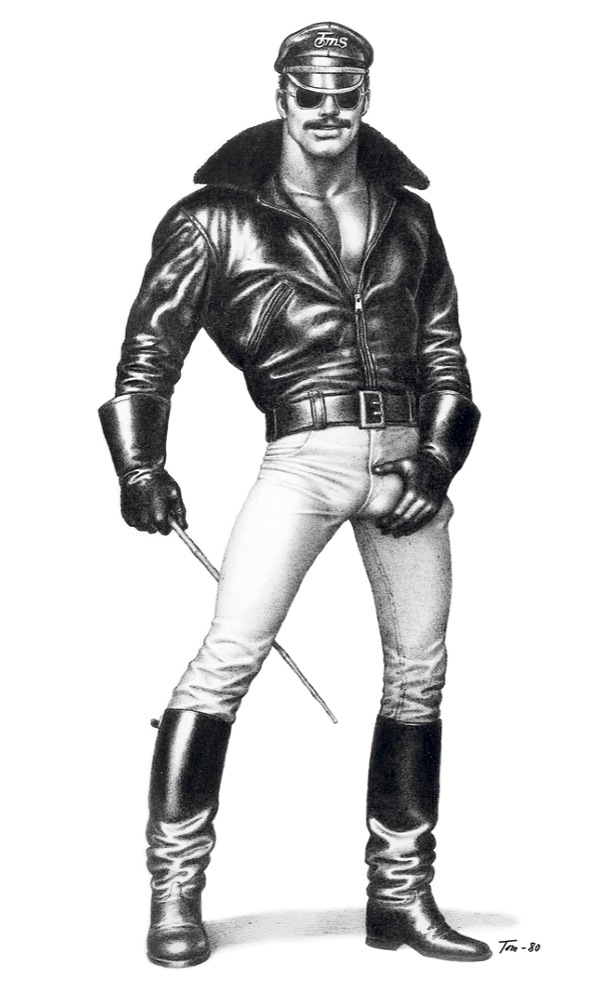
WHY GAY ART IS POLITICAL
Let’s be clear: male erotica isn’t just about sex — it’s about power, identity, and liberation. To put a muscular, desiring, deservingly sexualized gay man on paper was — and still is — a radical act. on.
• During the height of anti-gay laws, owning homoerotic art could land you in jail.
• In the AIDS crisis of the 1980s, queer artists used erotic imagery to reclaim joy, visibility, and
urgency in the face of death.
• Today, gay erotic art still challenges norms, makes visible the diversity of desire, and honors the
bodies and lives of queer men across generations.
Gay art doesn’t just titillate — it teaches. It demands we see sexuality not as taboo, but as a political and cultural truth.
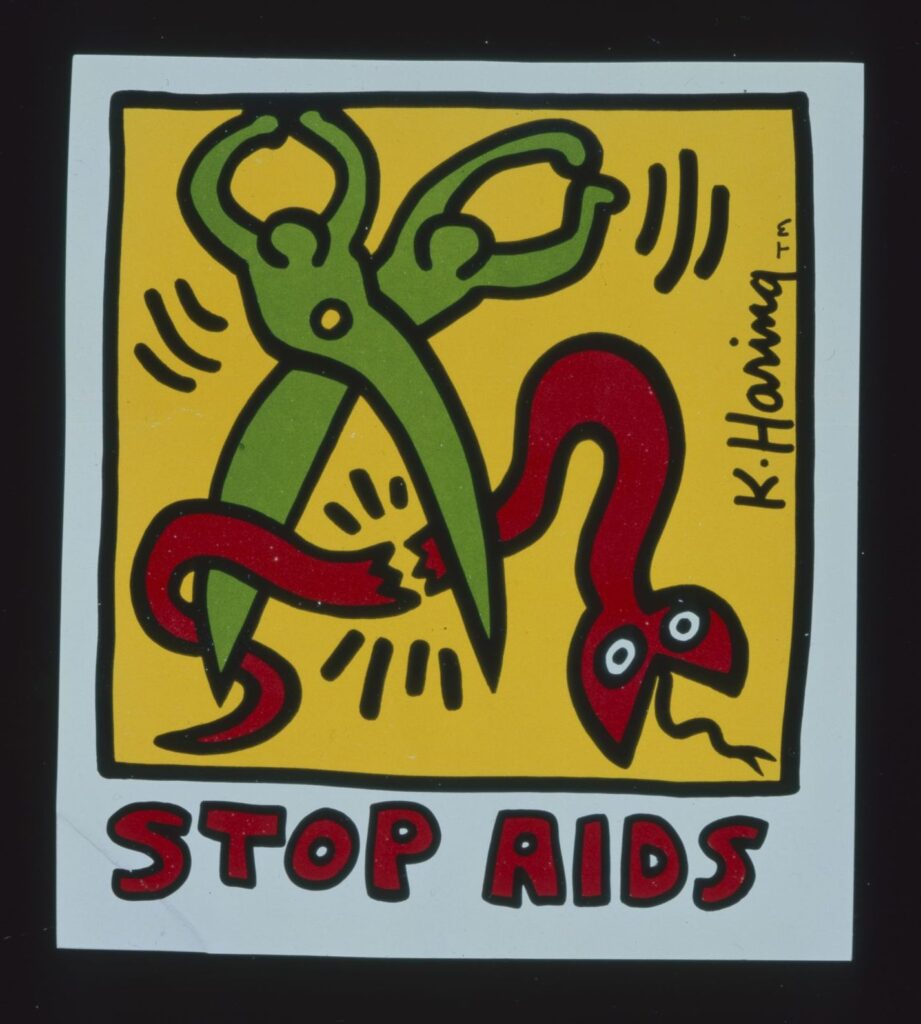
Queer Art and the Fight for LGBTQ+ Rights
Art has always been at the frontlines of queer activism. From protest posters to underground comics,
zines, murals, and gallery installations, art has given LGBTQ+ people the ability to express what legislation, education, and mainstream media often erased.
During the fight for gay liberation, images of queer love, lust, and resistance helped organize movements
and rally the community. During the AIDS epidemic, artists like David Wojnarowicz, Keith Haring, and Felix
Gonzalez-Torres turned rage and grief into global awareness.
Even now, as drag bans and anti-LGBTQ+ laws surge, queer art reminds us: we’ve survived worse, and
we’ve always fought back in color.
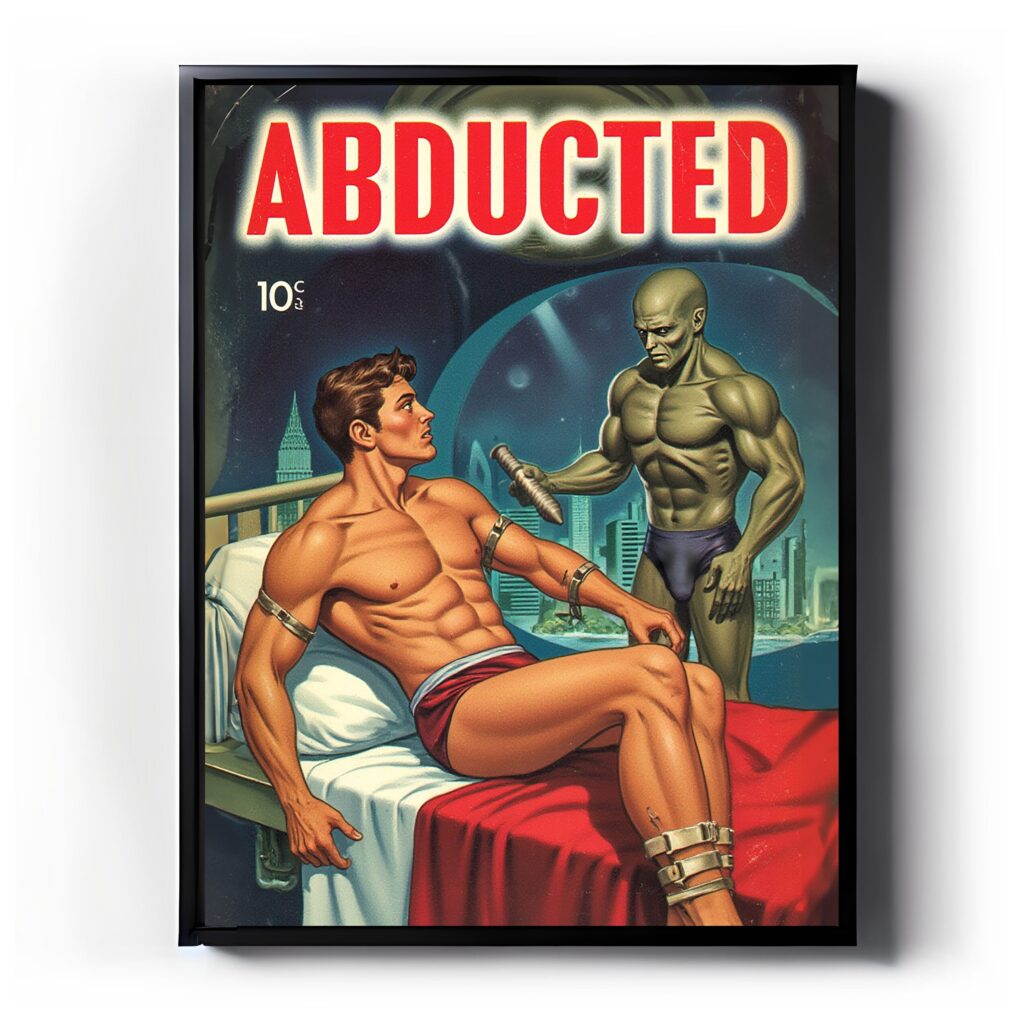
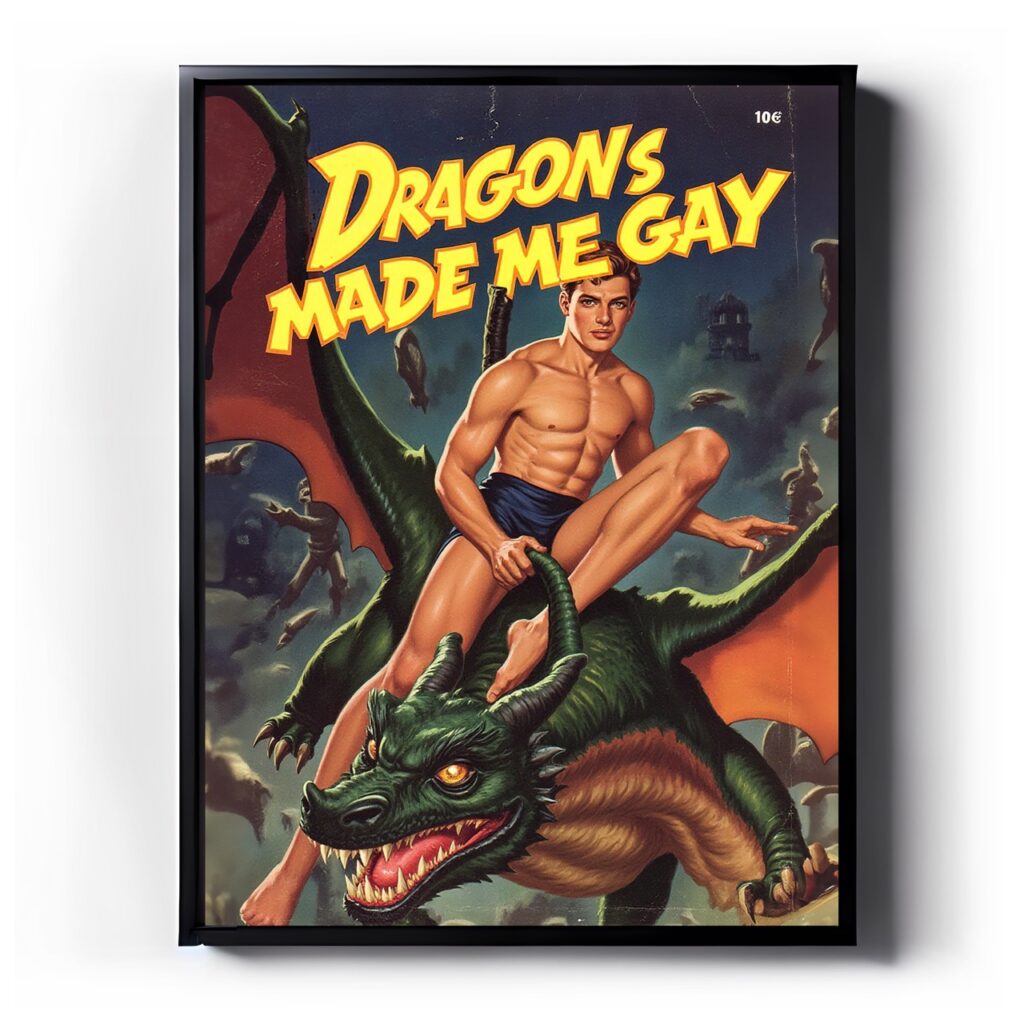
Collecting Gay Art: Memory and Meaning
To buy vintage gay posters isn’t just to decorate a wall. It’s to connect with a legacy. Whether you’re
shopping for:
• Vintage queer art prints
• Gay erotic posters
• Retro homoerotic photography
• Campy 1980s gay pinups
• AIDS protest art reproductions
You’re not just purchasing an image — you’re reclaiming a history.
Where to buy gay art? Plenty of places will sell you a reprint. But few carry the spirit, humor, and
unapologetic kink of the originals. That’s why modern reinterpretations by new artists, like the work of Dr. Sicko, matter: they continue this rich visual tradition of rebellion, fantasy, and fabulousness.
Gay Art Matters Because We Do
It matters because it never stopped mattering.
Because in every vintage gay art print, every campy poster, every queer erotic sketch, there lives a
whisper: You are not alone. You were always here. And you are still beautiful.
Art is memory. Art is protest. Art is pleasure. And for queer people?
Art is survival.

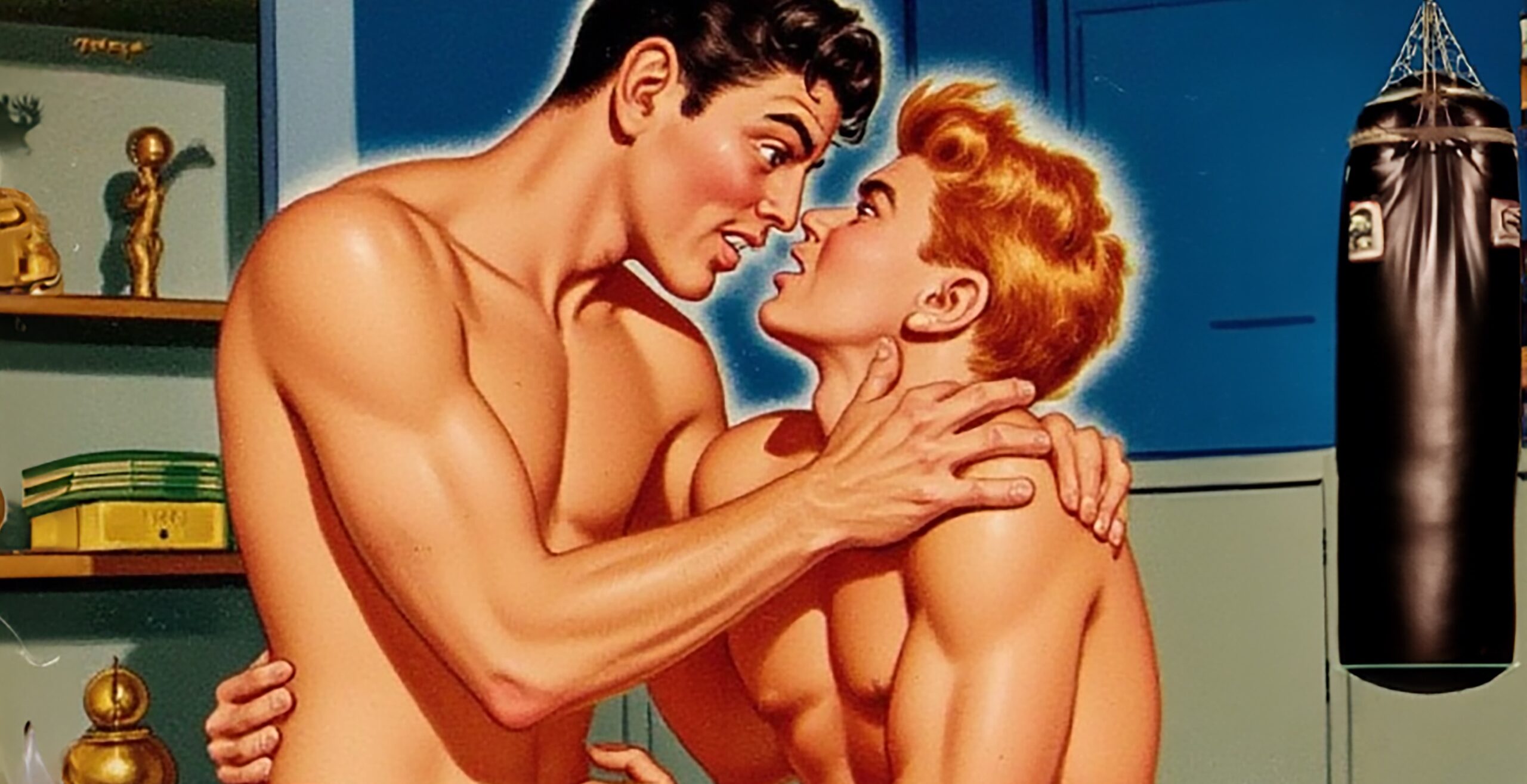
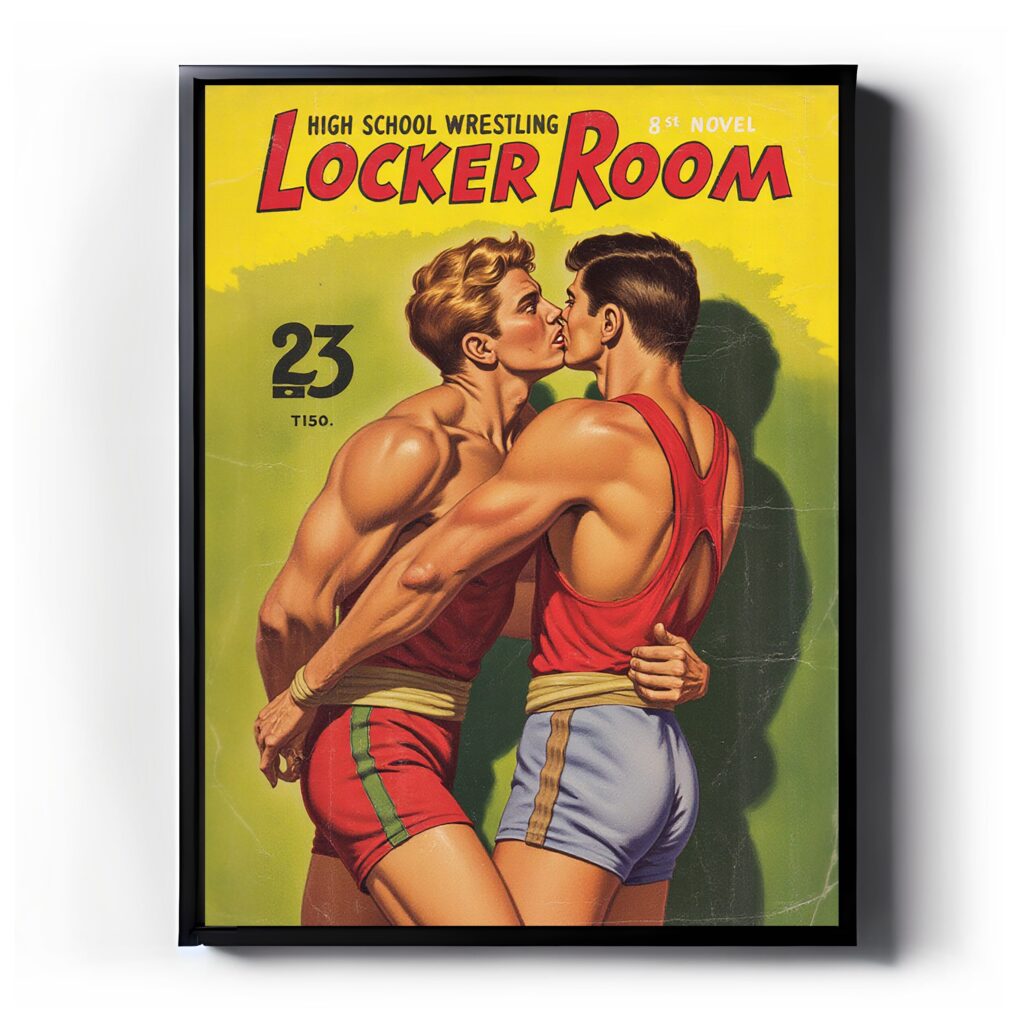
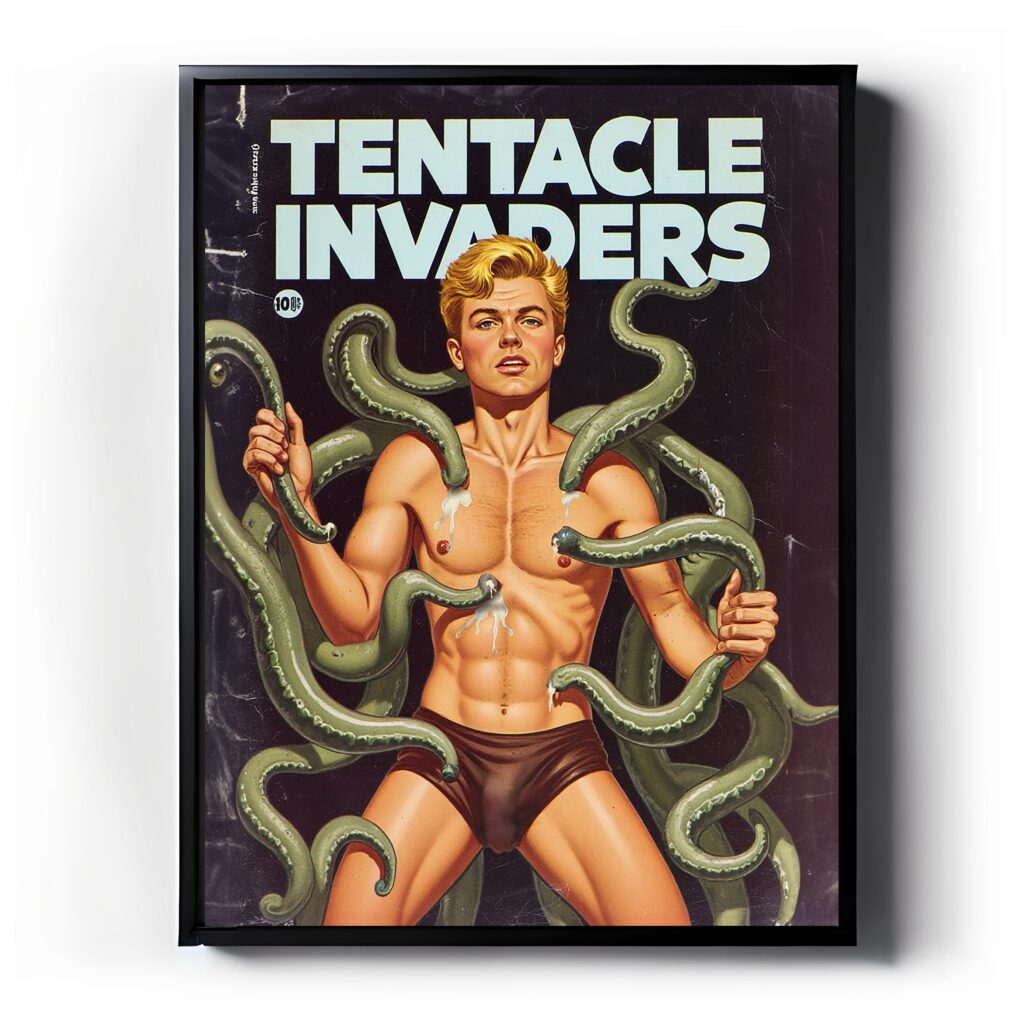
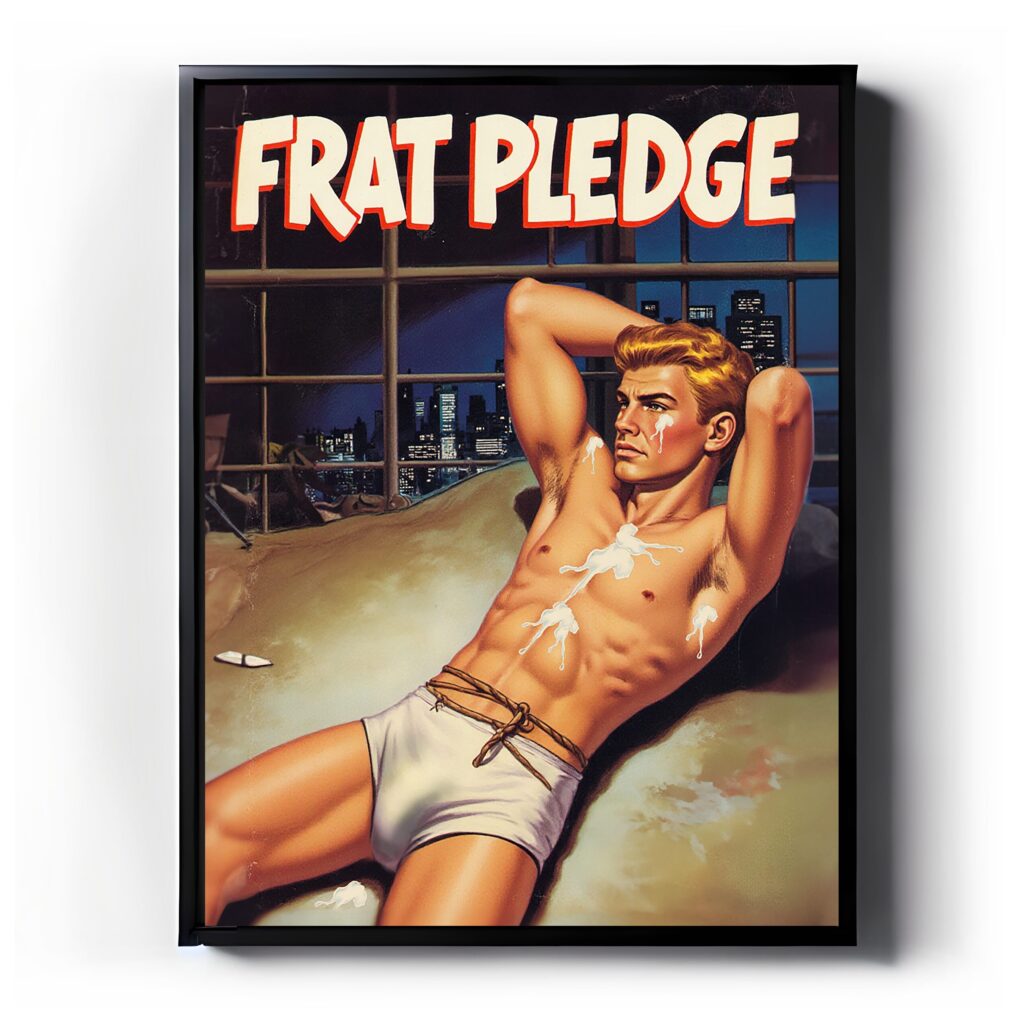
Leave a Reply